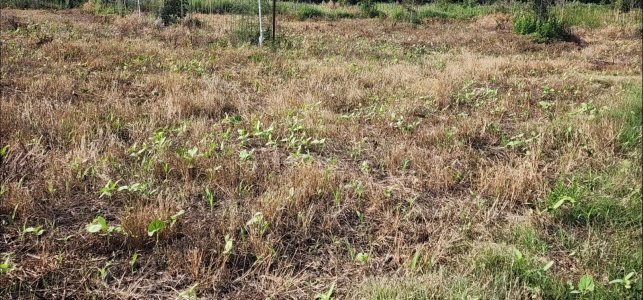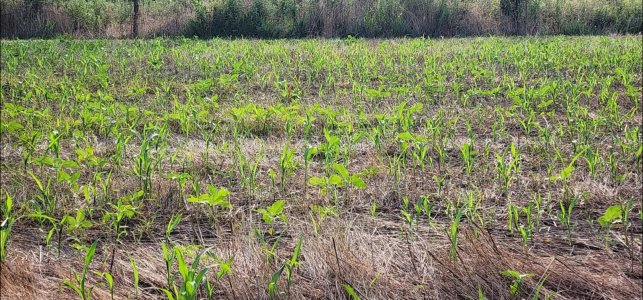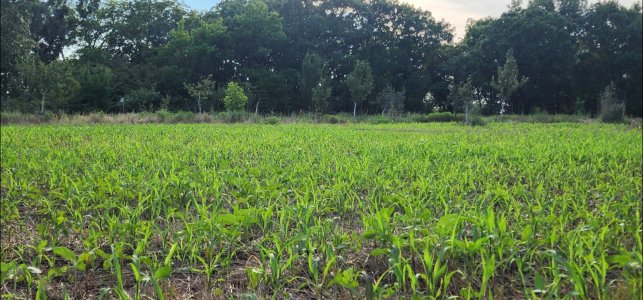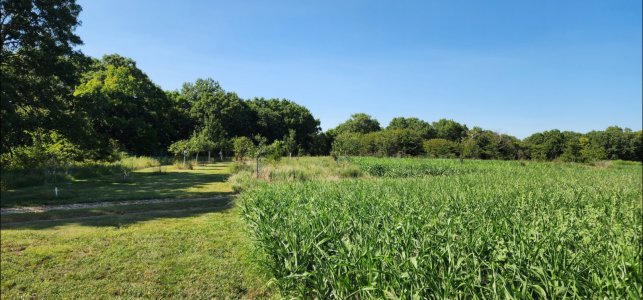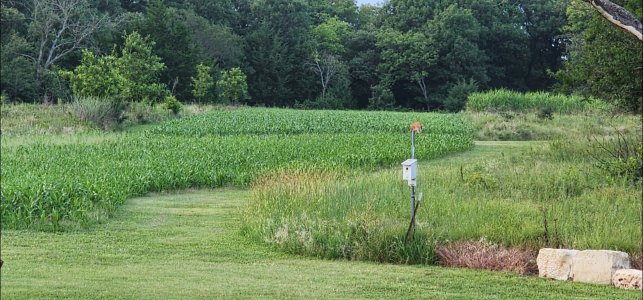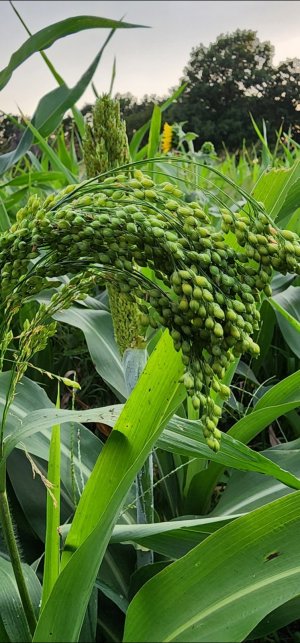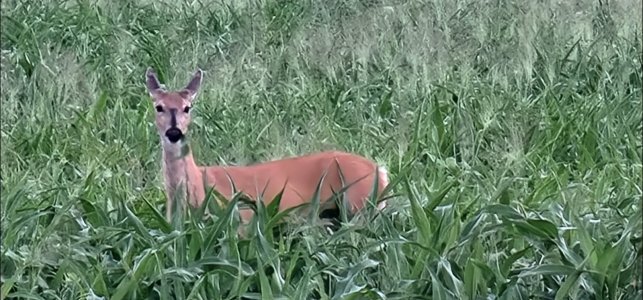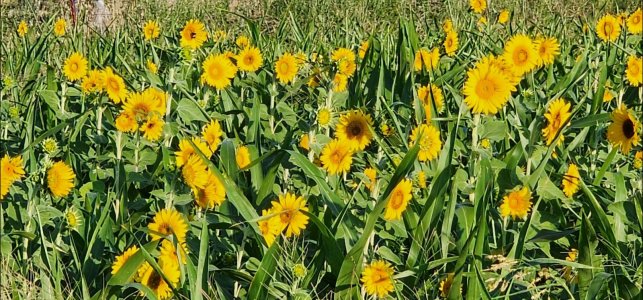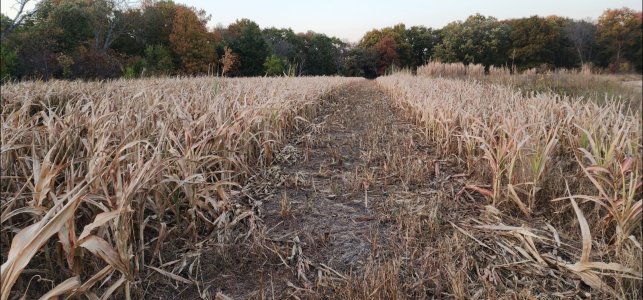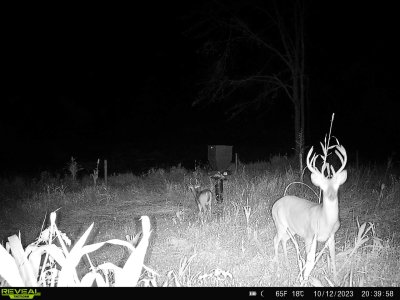A pic from earlier this summer under the power lines. I hadn't done anything for plot for a couple of years but I suspect there was some clover, hairy vetch, and maybe alfalfa left over in all the grass that took over. I'm kind of big on ecological succession and the benefits of native plants to wildlife so it's ok for me let a plot grow back for several years.
View attachment 58771
Same plot (different view). Sprayed a few weeks ago, mowed, then a week ago spread clovers and alfalfa.
View attachment 58772
Sunflowers dried down and nothing left in the plots other than dry stalks (we didn't any more rain after the 3rd week of July).
View attachment 58773
I mowed several paths leading out like a wagon wheel from the kitchen window.
View attachment 58774
The previous plots (and the mowed paths in the milo) got awnless wheat and rye added to them Monday night. I'm envisioning deer staged up in green paths through the milo all winter.
View attachment 58775
We got rain yesterday and last night! I know it's late to be putting in fall plot but with no rain since July and temps consistently in the 80-90s all fall it didn't seem like it would be worth seeding at the "right" time.

